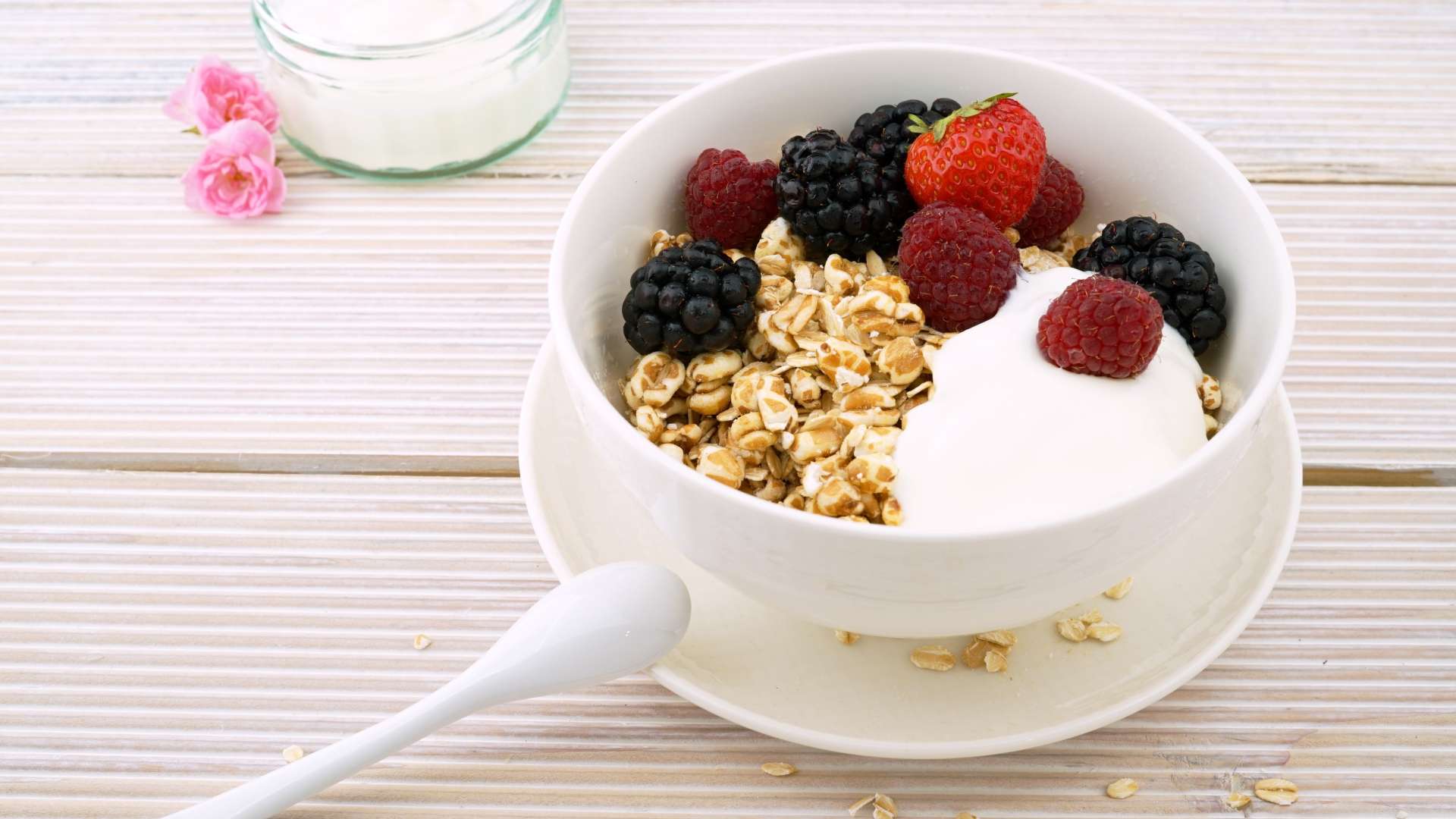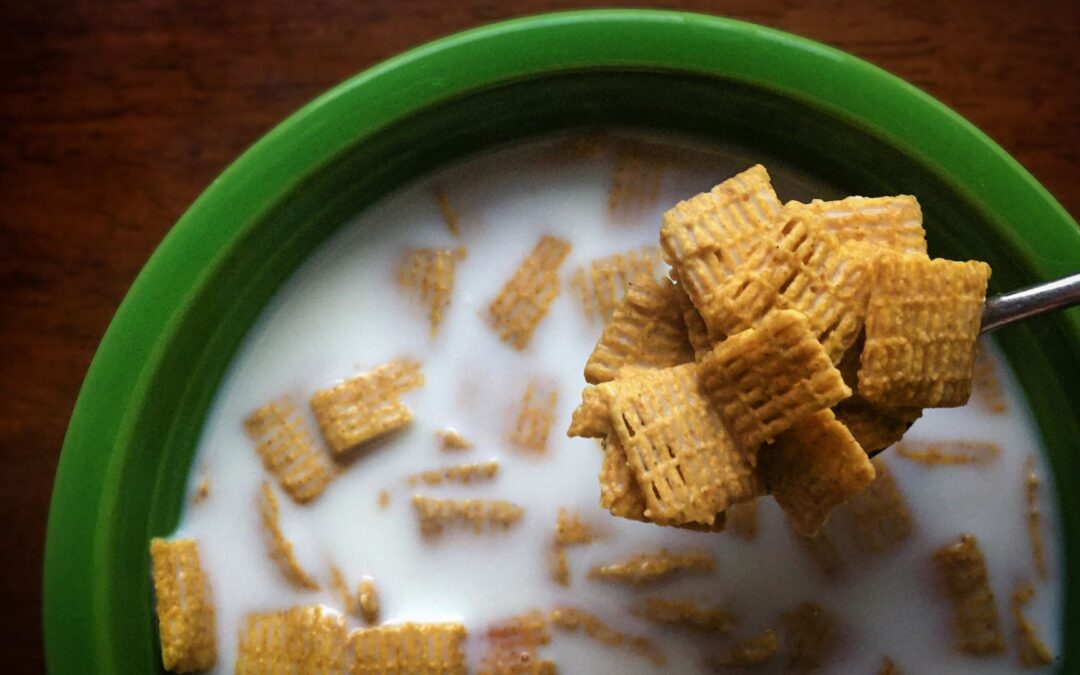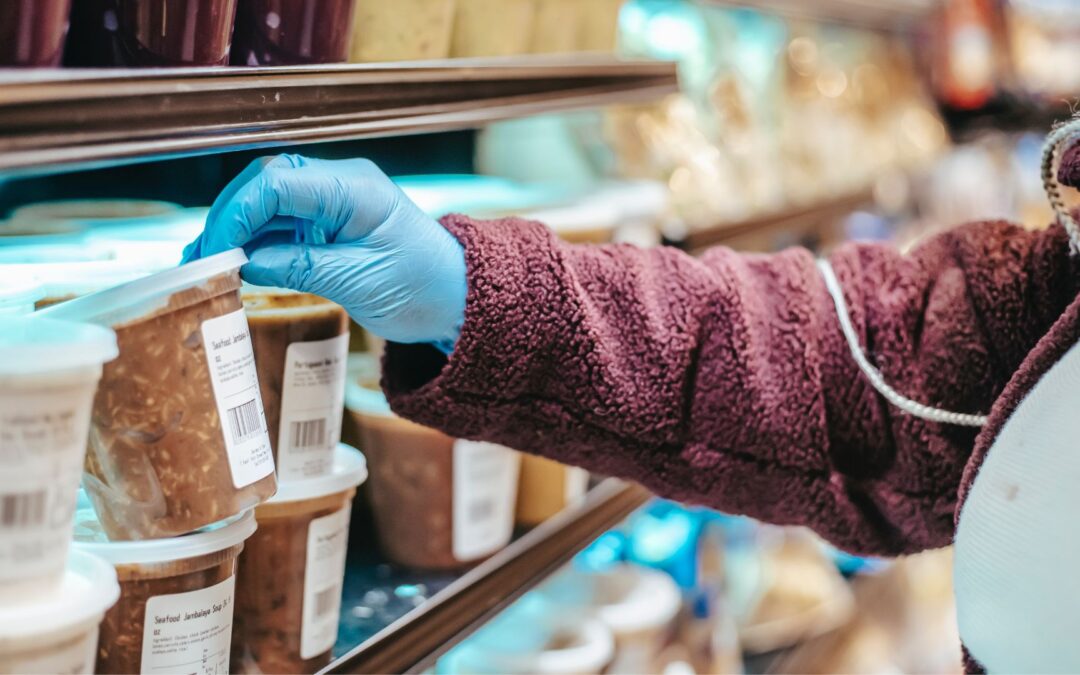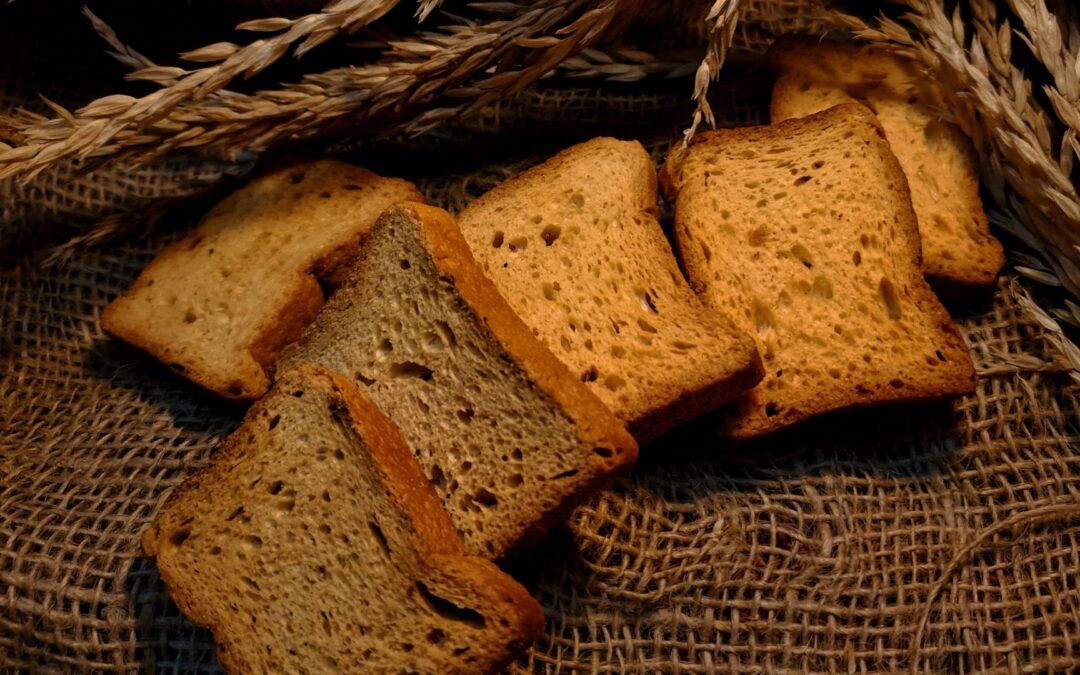The oats plant grows from seed and is generally sown in the late part of autumn. Once in the ground, the seeds have a few weeks to germinate before the weather turns colder. As the season changes to winter, the roots become dormant stage. That time saves all its energy to survive the cold winter. Once spring arrives, the sun’s warmth wakes the plant up, and it begins to grow again.
The beginning of making oats starts with the local farmers. The farmers check when the oats are ready and then use a combine harvester machine to collect the raw oats and transfer them to the mill.
Then the raw oats are inspected, and the sample is taken to make sure that it can be made into porridge. Next, the oats are inserted into the intake pit and then transferred to a large structure called a silo. This is where the oats are stored until they enter the accurate processing.
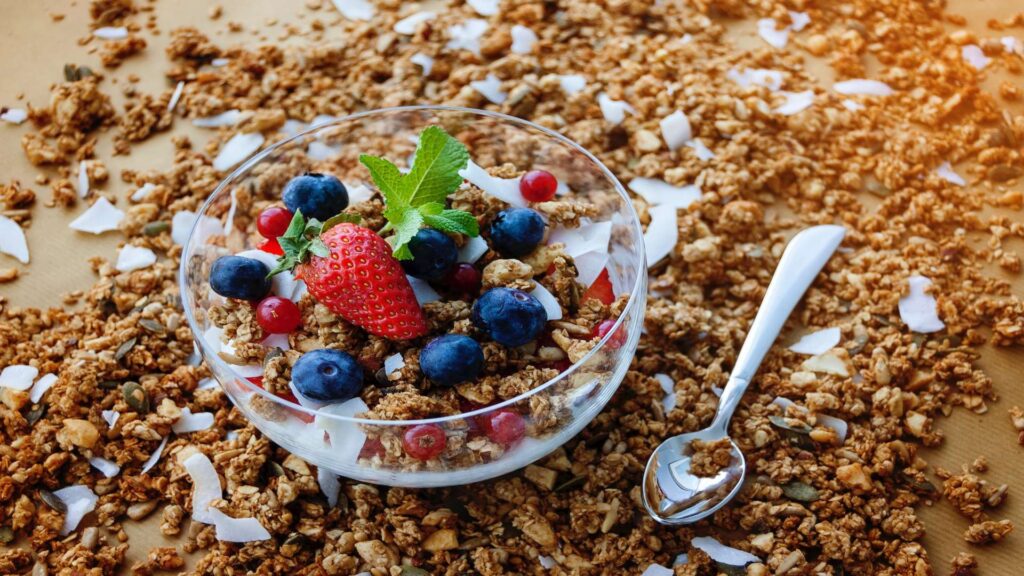
Once in the mill, the oats go to a series of machines that make sure they are properly cleaned. The oats are then hulled into big drums. Hulling removes the more rigid outer part of the oat, but these parts haven’t been wasted. They are used for animal feed, leaving the softer part inside part called groat for us to eat. The next part is putting the groats into an oven-like machine called a kiln. The oats are heated up to retain their quality. They are cut into pieces and squashed using a device to turn the groat oats into porridge oats. And then we make various sorts of things like oatmeal, oat flecks etc.
Finally, the porridge oats are packed and packed into boxes. They are then sent to stores for us to buy and enjoy a fresh breakfast with oats.
That’s the process of making delicious oats.

